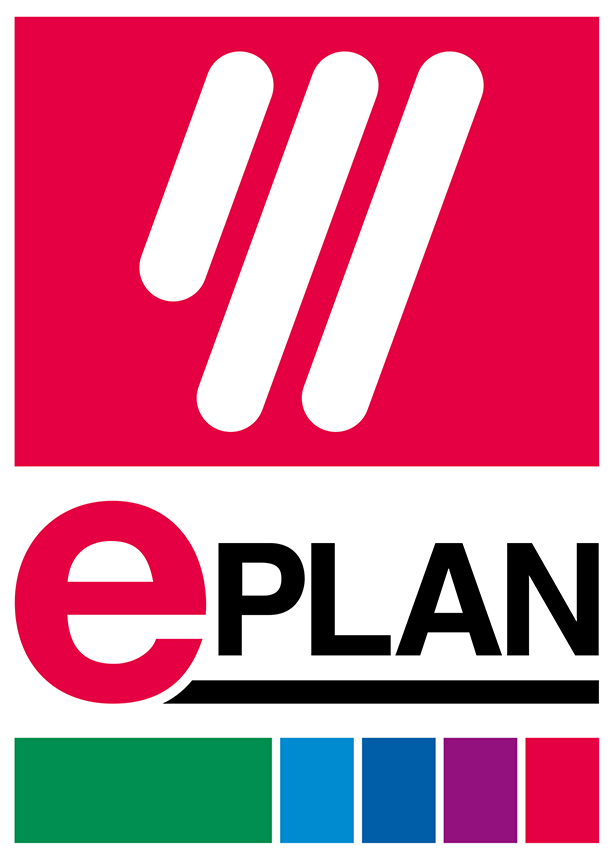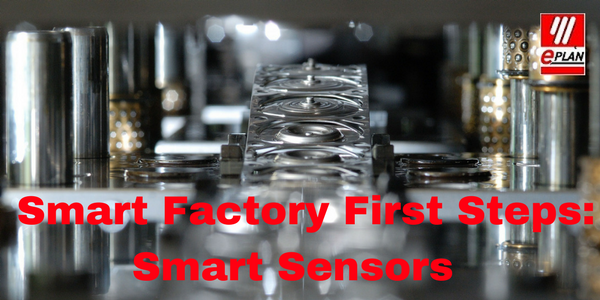Your machines have something to tell you, but can you hear them?
There is a tremendous amount of potential data to be collected, offering great benefits for your production processes. If you’re in the early stages of evolving your factory into a Smart Factory, updating the sensors you already have on your equipment can be an easy first step in that process.
More and more, data is becoming the lifeblood of manufacturing. More advanced automation that takes better advantage of the data your company can capture can create efficiencies that drive a more profitable production line.
Making the transition to a more connected factory doesn’t have to be a complicated endeavor. Machines have had sensors on them for many years—inductive proximity sensors, level sensors, photoelectric sensors, to name a few. The main job of the sensors is to help you run more effectively.
However, there is more that they can do. Adopting more sophisticated “smart” sensors that can deliver more detailed data offers growing opportunities for more efficient operations and for quicker-to-market capabilities.
“Smart sensors are a way to future proof your machines,” said Steve Parkhill, a Rockwell Automation Components Area Manager. “These smart sensors use IO-Link technology. They can also work as regular sensors if you’re not ready to be more enabled and receive diagnostic information. They can be easily configured when you’re ready. It can be as simple as replacing a card to get full functionality. The IO Link, as an open-standard protocol, can translate the data into an Ethernet/IP message, which allows the data to be shared with your network.”
Parkhill also explained that the configuration data for running the sensor is no longer kept in the sensor itself but is stored in the controller, allowing for automatic device configuration of the sensor.
This shift to smart sensors provides real-time information that can enable better decision making.
“There is diagnostic information within these machines that can be difficult to extract,” said Graham Proctor, president of Aparian, a solutions provider to the industrial automation sector.
“Let’s say you're making a batch run and you realize halfway through that there is something wrong with an instrument. With smart sensing, you can get information that allows you to make decisions about whether the batch needs to be scrapped or whether the problem machine can be fixed and the run completed with no product lost. You can make decisions on the spot because you have access to information about what is happening inside that instrument in real time.”
SEE ALSO: eBook - "Operating in the Age of the Industrial Internet of Things (IIoT)"
Aparian also makes a module that can take any HART device and convert it from a standard analog device into an Ethernet/IP device. This provides another easy, cost-effective way to upgrade equipment and benefit from greater connectivity and data extraction.
By taking existing infrastructure and making it more robust and manageable, you have not only greater measurability of what is happening on the shop floor but greater potential to act on that data.
“As is often said,” added Proctor, “to measure is to know.”
So, what can this mean for present-day production?
Better preventative maintenance
Instead of you having to wait for components to fail or taking them offline after a certain number of months of operation, smart sensors allow you to pinpoint failures or problems in real time and potentially before they go out of commission, allowing for optimal use of machines. It takes the guesswork out of machine maintenance and applies hard data to keep them functioning. This can allow you to push a piece of equipment to the brink of failure before needing to replace it.
The environment surrounding the sensor can have an enormous impact on the operability of that device. Smart sensors can detect if lenses are covered in dust or debris and alert the floor, offering information about the source and location of the issue and helping ensure a quick response and fix. This improves operational efficiency and reduces downtime.
Production optimization
With smart sensors, you can offer better use of a production line where repeated line changes are needed. Rather than manually configuring a machine for each product change, you can configure it via a controller that has multiple profiles stored within it.
The data that is being retrieved can also be used to improve the manufacturing operation. Improvements in technology and broadband capabilities mean faster processing of large amounts of disparate data that can be used to analyze production and improve efficiencies over time.
Replacing existing sensors with their IO-Link enabled brethren is the first step in updating your factory for the future of manufacturing. Getting this data and making it actionable is the next.
We at EPLAN have been advising companies about process optimization and mining the “gold” in their databases to drive efficiencies that fuel savings and bring products to market more quickly.
Call us at 847-240-4667 or visit us at www.eplanusa to learn more.






